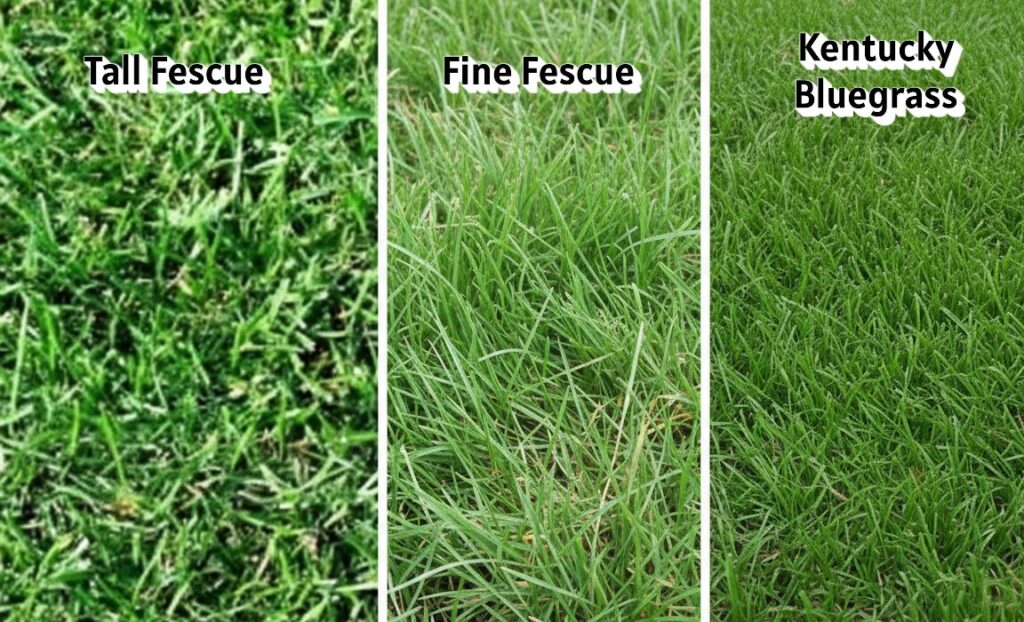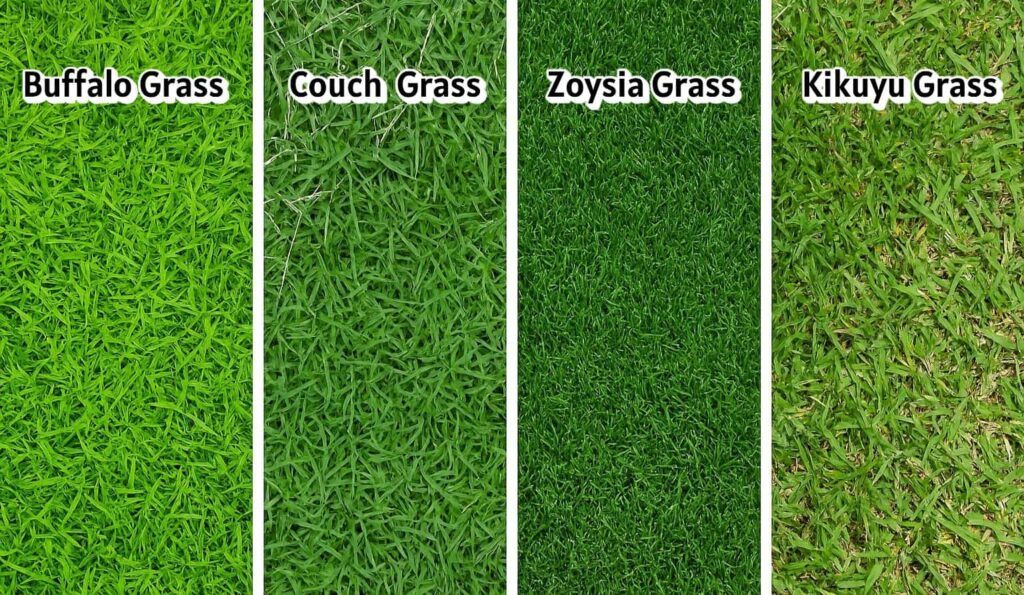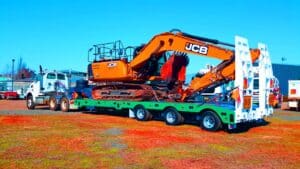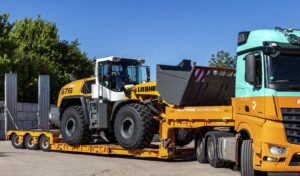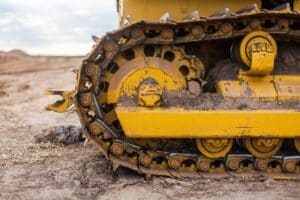I’ve spent years helping homeowners across Victoria and New South Wales choose the perfect lawn for their climate. Living in southern Australia means dealing with unpredictable weather patterns, from scorching summer heat to frosty winter mornings. The grass you choose can make the difference between a lush, healthy lawn and a patchy, stressed mess.
Choosing the right lawn type isn’t just about aesthetics. It’s about finding a grass that will thrive in your specific conditions whilst requiring maintenance that fits your lifestyle. Let me guide you through everything you need to know to make the best choice for your southern Australian home.
Understanding Grass Categories
How Lawn Grass Works
Not all grasses are suitable for lawns. The grasses we use for lawns are called turf-grasses. These special varieties can handle regular mowing, foot traffic, and still maintain that carpet-like appearance we all want.
Turf-grasses fall into two main groups: warm-season and cool-season varieties. Warm-season grasses love the heat and grow actively during spring and summer. They slow down or go dormant during winter, often turning brown until warmer weather returns. Cool-season grasses prefer milder temperatures and grow best during autumn and spring. These varieties can struggle during hot summer months but stay green through winter in many areas.
Key Factors for Southern Australian Lawns
Climate Considerations
Southern Australia presents unique challenges. We experience:
- Hot, dry summers that can stress lawns
- Cold winters with potential frosts
- Variable rainfall patterns
- Strong winds that can dry out grass quickly
Your grass choice must handle these conditions whilst maintaining good appearance year-round.
Environmental Factors
Water availability varies significantly across our region. Some areas receive good rainfall whilst others rely heavily on irrigation. Choose grass that matches your local water situation.
Soil type matters enormously. Clay soils hold water but can become waterlogged. Sandy soils drain quickly but need more frequent watering. Most southern Australian soils are clay-based.
Sunlight exposure affects grass health. Some varieties need full sun all day. Others can tolerate partial shade from trees or buildings.
Usage Requirements
Consider how your lawn will be used:
- High-traffic areas need durable grass
- Display lawns can use more delicate varieties
- Pet areas require tough, quick-recovering grass
- Children’s play areas need soft, safe surfaces
Cool-Season Grass Options
Cool-season grasses work well in southern Australia’s cooler regions. They’re ideal if your area experiences regular frosts or you prefer year-round green colour.
| Grass Type | Appearance | Best Conditions | Strengths | Limitations |
| Tall Fescue | Broad blades, coarse texture | Full sun to partial shade, variable climates | Excellent drought tolerance, handles foot traffic well, quick establishment | Needs regular summer watering, requires consistent fertilising |
| Fine Fescue | Thin, soft blades, delicate appearance | Shaded areas, low-traffic zones | Exceptional shade tolerance, low water needs, minimal maintenance | Poor traffic tolerance, slow damage recovery |
| Kentucky Bluegrass | Fine texture, slight blue tint, dense growth | Cool climates, regular watering available | Self-repairing, attractive appearance, good colour retention | High water requirements, struggles in extreme heat, expensive to maintain |
Warm-Season Grass Options
Warm-season grasses are the most popular choice for southern Australian lawns. These varieties thrive in our hot summers and handle drought conditions well, though most go dormant and turn brown during winter. They’re ideal for areas that experience temperatures above 25°C regularly and are perfect for homeowners who want low-maintenance options that can handle family activities and pet use.
| Grass Type | Appearance | Best Conditions | Strengths | Limitations |
| Buffalo Grass | Wide, soft leaves, thick texture | Variable climates, shade to full sun | Excellent shade tolerance, good drought resistance, low maintenance, frost tolerant | Slower establishment, can thin with heavy traffic, winter dormancy |
| Couch Grass | Fine, narrow blades, dense growth | Full sun, high-traffic areas | Very drought tolerant, quick damage recovery, fast establishment, cost-effective | Can become invasive, winter dormancy, frequent mowing needed |
| Zoysia Grass | Fine to medium blades, dense texture | Hot/dry regions, coastal areas | Outstanding drought tolerance, low maintenance, salt tolerant, premium appearance | Slow establishment, expensive initially, limited availability |
| Kikuyu Grass | Medium width, coarse texture, bright green | Full sun, high-traffic areas | Extremely fast growth, excellent traffic tolerance, grows in poor soils | Highly invasive, frequent mowing required, poor shade tolerance |
Some Regional Recommendations for Southern Australia
Victoria
Victoria’s changeable climate requires adaptable grass varieties. Melbourne’s four-seasons-in-one-day weather means choosing resilient options.
Best choices:
- Buffalo grass for most residential areas
- Couch grass for high-traffic zones
- Tall Fescue for cooler, shadier locations
The key in Victoria is choosing grass that handles temperature swings well. Buffalo grass performs consistently across the state’s diverse conditions.
New South Wales
NSW’s varied climate zones need different approaches. Coastal areas deal with salt exposure whilst inland areas face temperature extremes.
Coastal areas:
- Zoysia grass for salt tolerance
- Buffalo grass for reliability
- Couch grass for durability
Inland areas:
- Buffalo grass for temperature swings
- Kikuyu grass for heat tolerance
- Tall Fescue for cooler zones
Our lower regions face specific challenges including unpredictable rainfall patterns, extended dry periods, frost damage potential, and strong drying winds. Choose grass varieties that handle these conditions without constant intervention.
Seasonal Care Adjustments
Adjust your care based on grass type and season. Summer watering should be deep and infrequent, applied early morning to reduce evaporation. Winter watering needs reduction to prevent fungal problems. Warm-season grasses can be mowed shorter (2-4cm) during active growth, whilst cool-season grasses should be kept taller (4-6cm) to maintain health.
Match fertilising schedules to your grass type’s growth pattern. Warm-season grasses need feeding during active growing season (spring to early autumn), whilst cool-season grasses should be fed during cooler months when they’re actively growing.
To identify your current lawn, look at leaf characteristics. Buffalo has very wide, soft leaves; Couch has narrow, fine blades; Kikuyu shows medium width with coarse texture; and Zoysia displays fine to medium, dense growth. Performance clues include shade tolerance – Buffalo and Fine Fescue thrive in shade whilst Couch and Kikuyu struggle. Winter behaviour shows Buffalo partially staying green along with cool-season grasses, whilst Couch, Kikuyu, and Zoysia go brown.
Making Your Decision
When choosing your lawn, prioritise these factors:
- Climate suitability – Will it handle your local conditions?
- Maintenance level – Can you provide required care?
- Usage needs – Will it handle your family’s activities?
Avoid common mistakes like choosing grass that looks good but can’t handle your climate, underestimating maintenance requirements, not considering soil type, and rushing decisions without proper research.
For warm-season grasses, plant from September through March when soil temperatures are warm. Cool-season grasses should be planted during autumn or early spring for best establishment. New lawns need daily watering until established (usually 3-4 weeks) whilst avoiding heavy foot traffic during this period.
The Final Cut: Picking Your Perfect Southern Lawn
Choosing the right lawn for southern Australia means balancing climate suitability with your personal needs. Buffalo grass offers the best all-round performance for most homeowners in our region. It handles our variable climate, requires reasonable maintenance, and provides year-round appeal.
For high-traffic areas, consider Couch grass despite its winter dormancy. If you have significant shade, Buffalo or Fine Fescue are your best options. For premium appearance with minimal care, Zoysia grass delivers excellent results.
Remember that the best lawn is one that thrives in your specific conditions whilst fitting your maintenance preferences. Take time to assess your property’s unique characteristics before making your final choice.
With the right grass selection and proper establishment, you’ll enjoy a healthy, attractive lawn that enhances your outdoor living space for years to come. Looking to keep transforming your outdoor garden space? Check out our guide on how to choose between a tunnel or glass growing house for your new garden.
Have you read these articles?
 How To Choose The Most Beneficial Plants For Your Bedroom
How To Choose The Most Beneficial Plants For Your Bedroom
 Guide to Choosing Winter Boots You Will Still Love Next Season
Guide to Choosing Winter Boots You Will Still Love Next Season
 How Air Conditioning Can Make Working In The Summer Better
How Air Conditioning Can Make Working In The Summer Better
 Fireplace Problems In Hobart? Signs You Need Urgent Repairs
Fireplace Problems In Hobart? Signs You Need Urgent Repairs
 How to Choose the Right Roof Moss Treatment Service in Canberra
How to Choose the Right Roof Moss Treatment Service in Canberra

